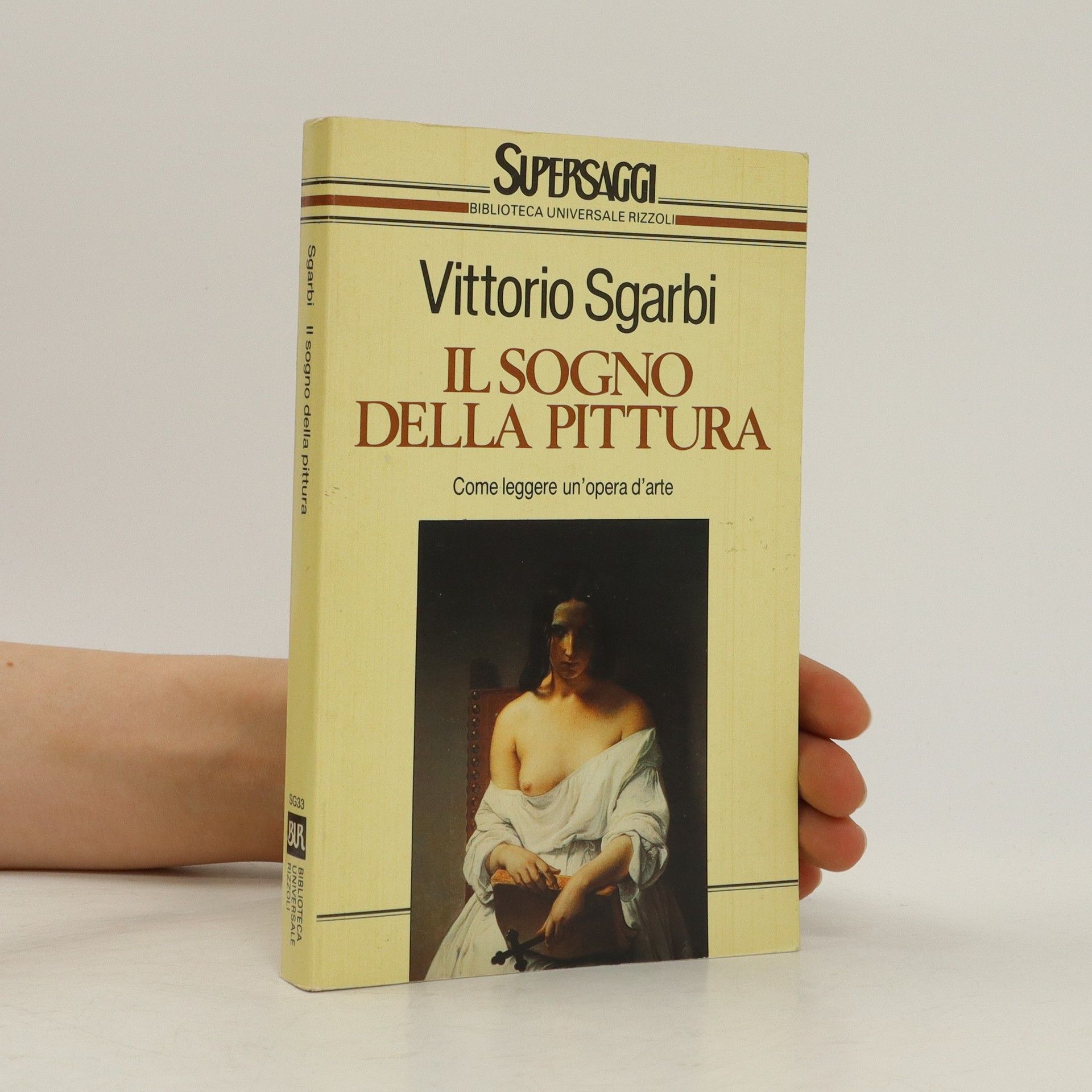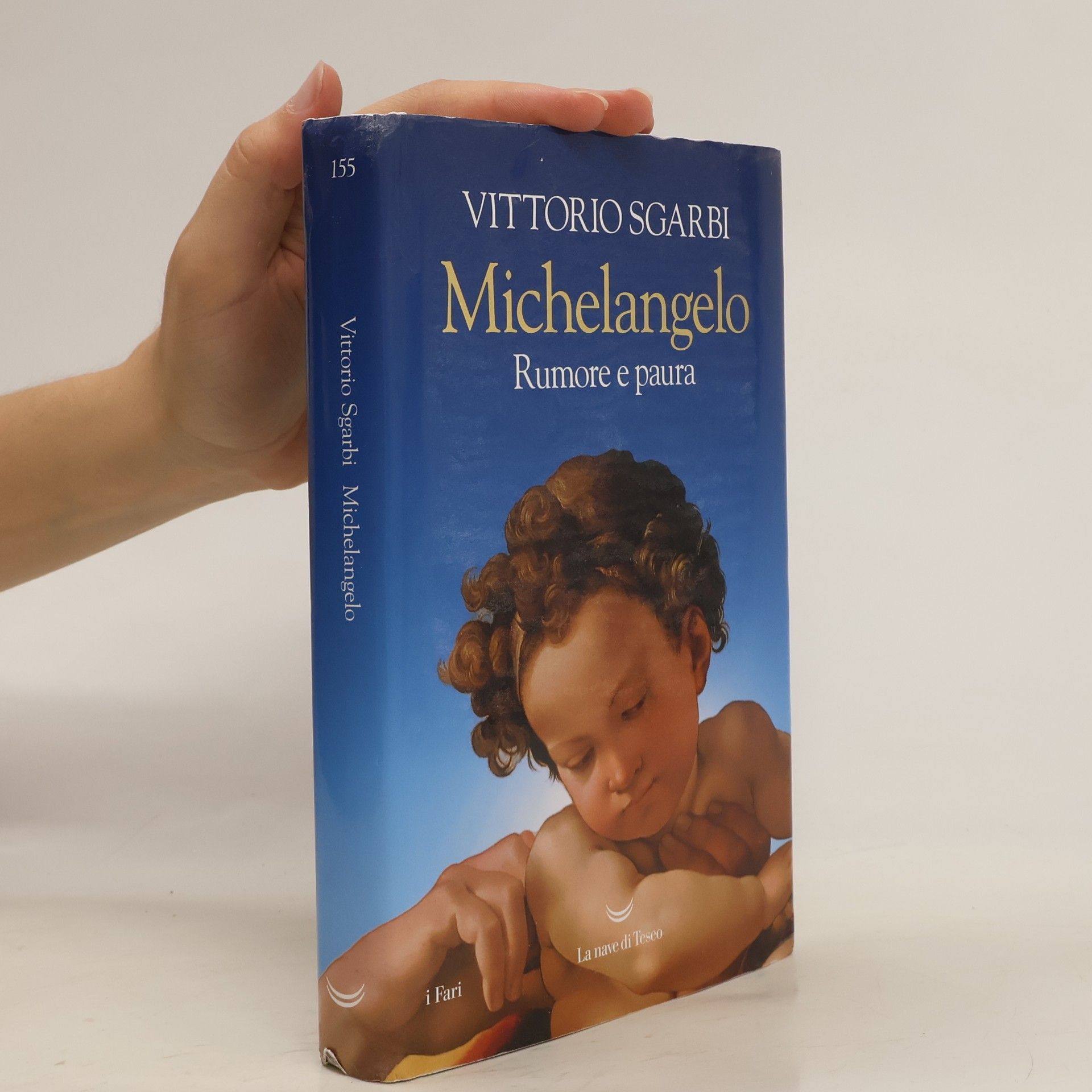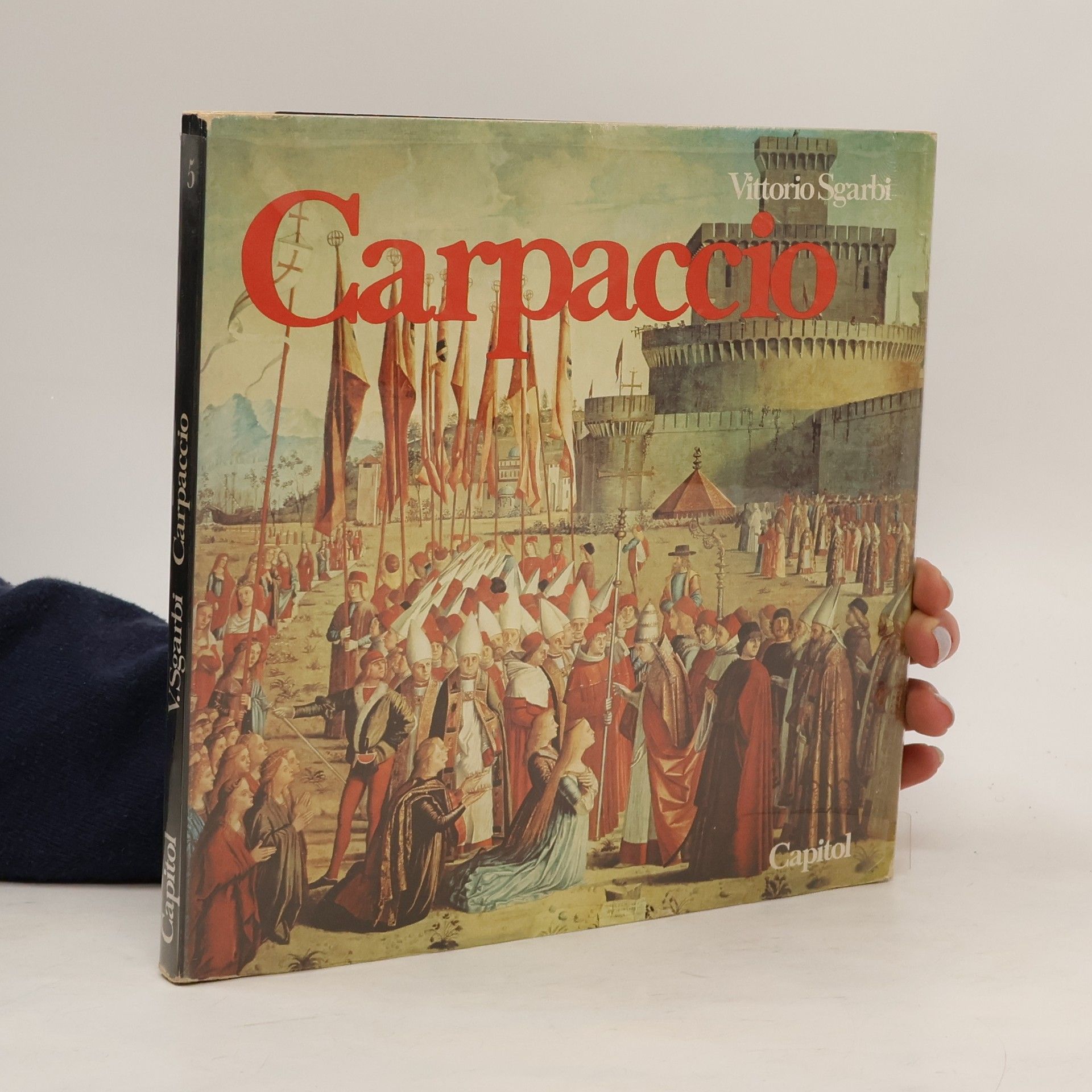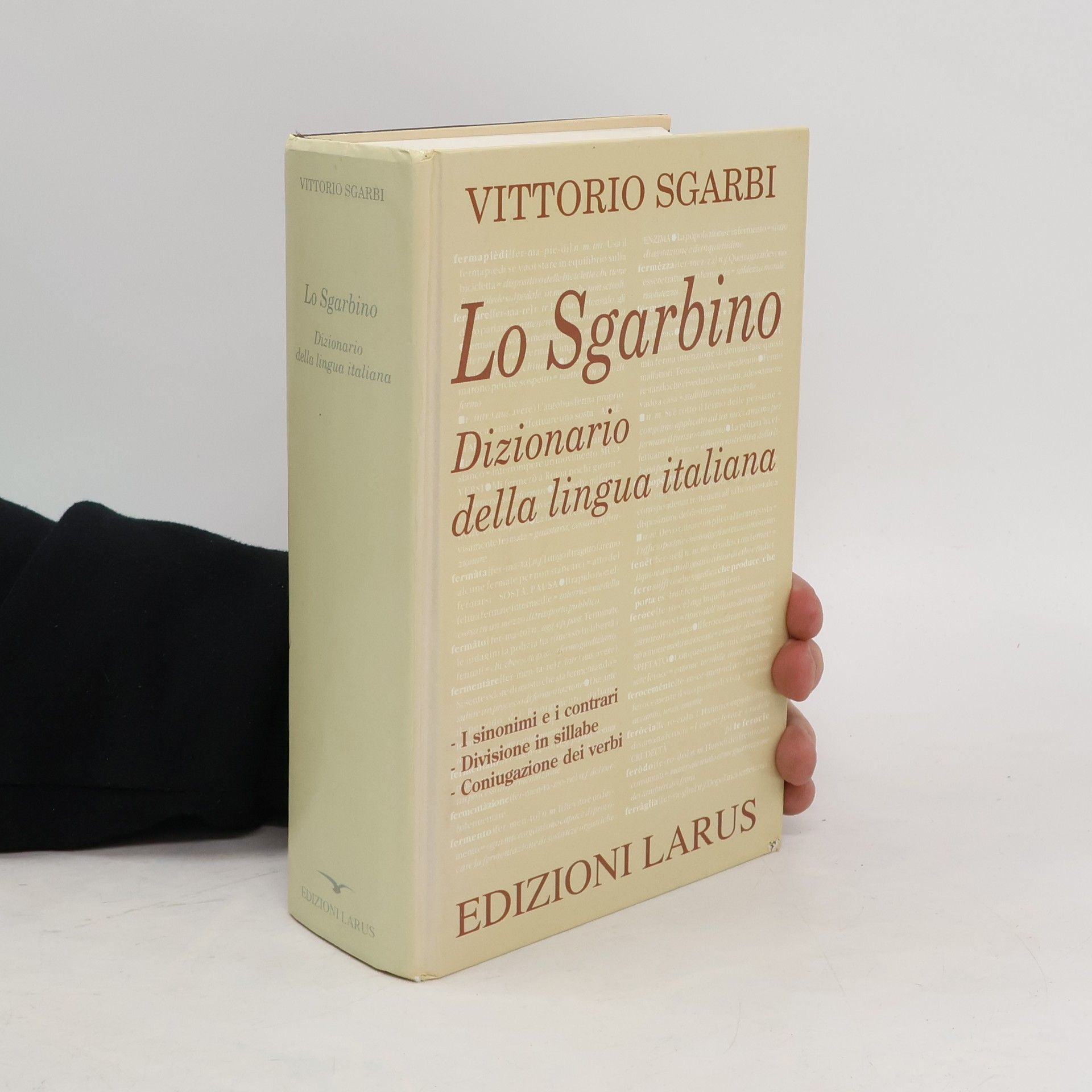Vittorio Sgarbi Boeken

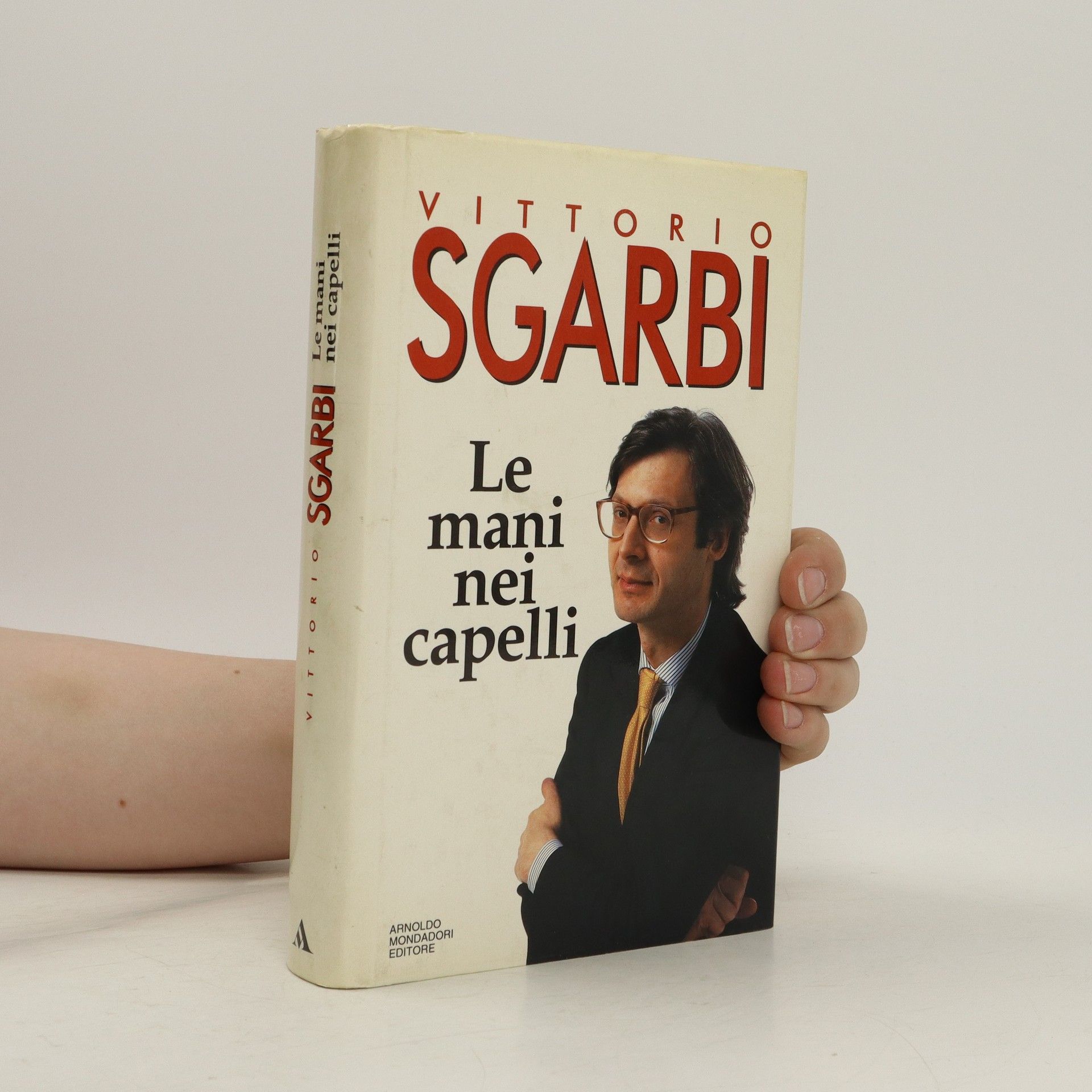



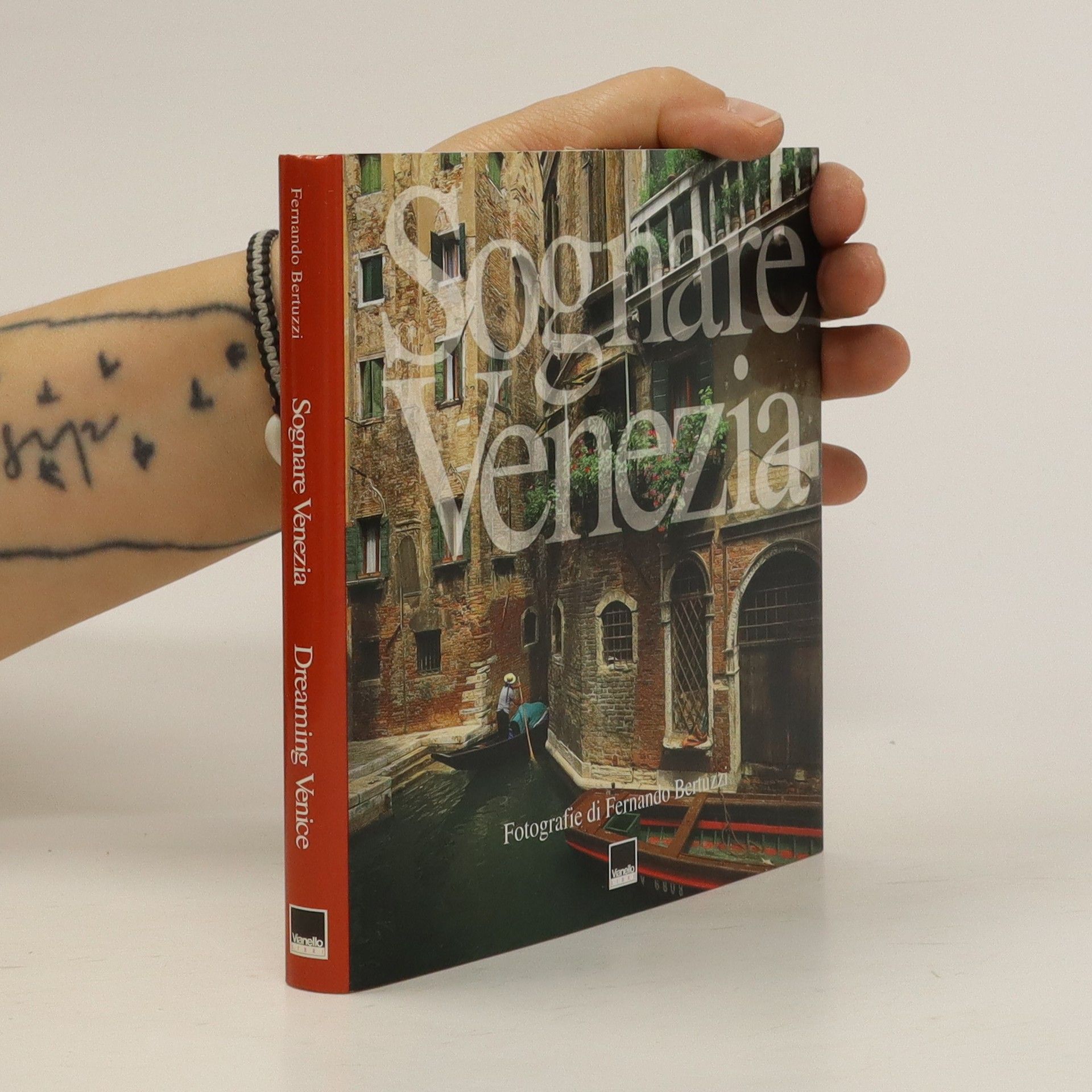
In the Name of the Son
- 464bladzijden
- 17 uur lezen
How artists from Giotto to Caravaggio have written a visual biography of Christ through the finest masterpieces in the history of art.
The work of Romualdo Locatelli, a renowned 20th-century Italian painter. Romualdo Locatelli (1905-1943) is considered the leading Italian exponent of that particular Orientalist genre of painting known as "Mooi Indie ". From the early successes at the Carrara Academy, to the main Italian art scenes of Brera Academy in Milan and "via Margutta" in Rome, where he became the most sought portraitist under the royal and papal patronage, he reached the peak of his art production in Bali, the island of the gods (1939). Throughout Southeast Asia's history of foreign relations, there have been several moments of cross-cultural connections that were immortalized on canvas. Romualdo Locatelli is responsible for capturing such intimate moments. In turn, traveling and settling in the Far East transformed his oeuvre and his legacy to the art world. It may be said that the region itself, particularly Bali, became a muse for the artist, who found in this land his greatest inspiration, mesmerized by the wild and untouched nature, by the intense and sophisticated sensuality of her women, and by the mystery and diversity of these unknown lands. The Oriental experience, together with his passion for the observation of human nature and continuous research through painting, can be considered both the pillar and the watershed of his lifetime work.
Davanti all'immagine
- 336bladzijden
- 12 uur lezen
Provocatorio, tempestoso e tempestivo, irriducibile in memorabili scontri televisivi, intervistato ininterrottamente su severissimi quotidiani e su periodici popolari a grandissima diffusione; superbo e generoso; bello, viziato, amato / odiato, detestato / idolatrato, questa è l'immagine che il grande pubblico ha di Vittorio Sgarbi, un'immagine netta, che non ammette sfumature o vie di mezzo, e che lo stesso Sgarbi ha contribuito a costruire con naturale spirito polemico. Un'immagine che tuttavia nasconde una verità più profonda, qui disvelata: Vittorio Sgarbi è uno dei più seri e preparati studiosi italiani di storia dell'arte. Questo libro ci guida alla conoscenza del lavoro di Vittorio Sgarbi, ci introduce nella sua bottega — e così lo sentiamo parlare degli artisti e dei quadri che ama, ci insegna a distinguere tra veri e falsi, ci mette in comunicazione con Jacopo della Quercia e con il Sassetta, con Watteau e con Manet, con Modi gli ani e con De Chirico. Ci racconta la storia di alcuni quadri (fra i quali la ormai celeberrima Cena in Emmaus di Giovanni Agostino da Lodi che è stata — tra l’altro — al centro di furibonde battaglie). Ci parla di alcuni libri fondamentali per intendere cosa sia l'arte o cosa rappresenti un certo artista. Pagine profonde, limpide, intense, appassionanti che ci confermano le altissime qualità di Sgarbi studioso che tuttavia, con un sorriso tra l'ironico e il beffardo, non rinuncia a uno di quei coup-de théatre che gli sono congeniali, concludendo il libro con una bizzarra e provocatoria «glorificazione» di se stesso. Sorpresi? No: Vittorio Sgarbi non poteva rinunciare a essere, anche questa volta, Vittorio Sgarbi.
Lo Sgarbino
Dizionario della lingua italiana : i sinonimi e i contrari, divisione in sillabe, coniugazione dei verbi
- 1412bladzijden
- 50 uur lezen
